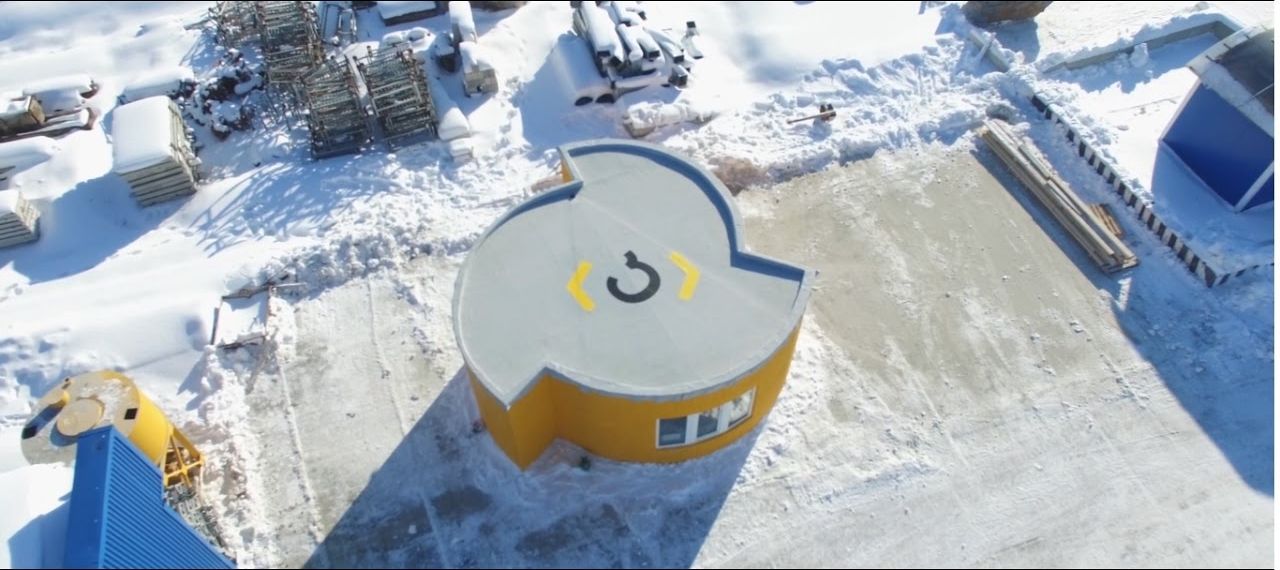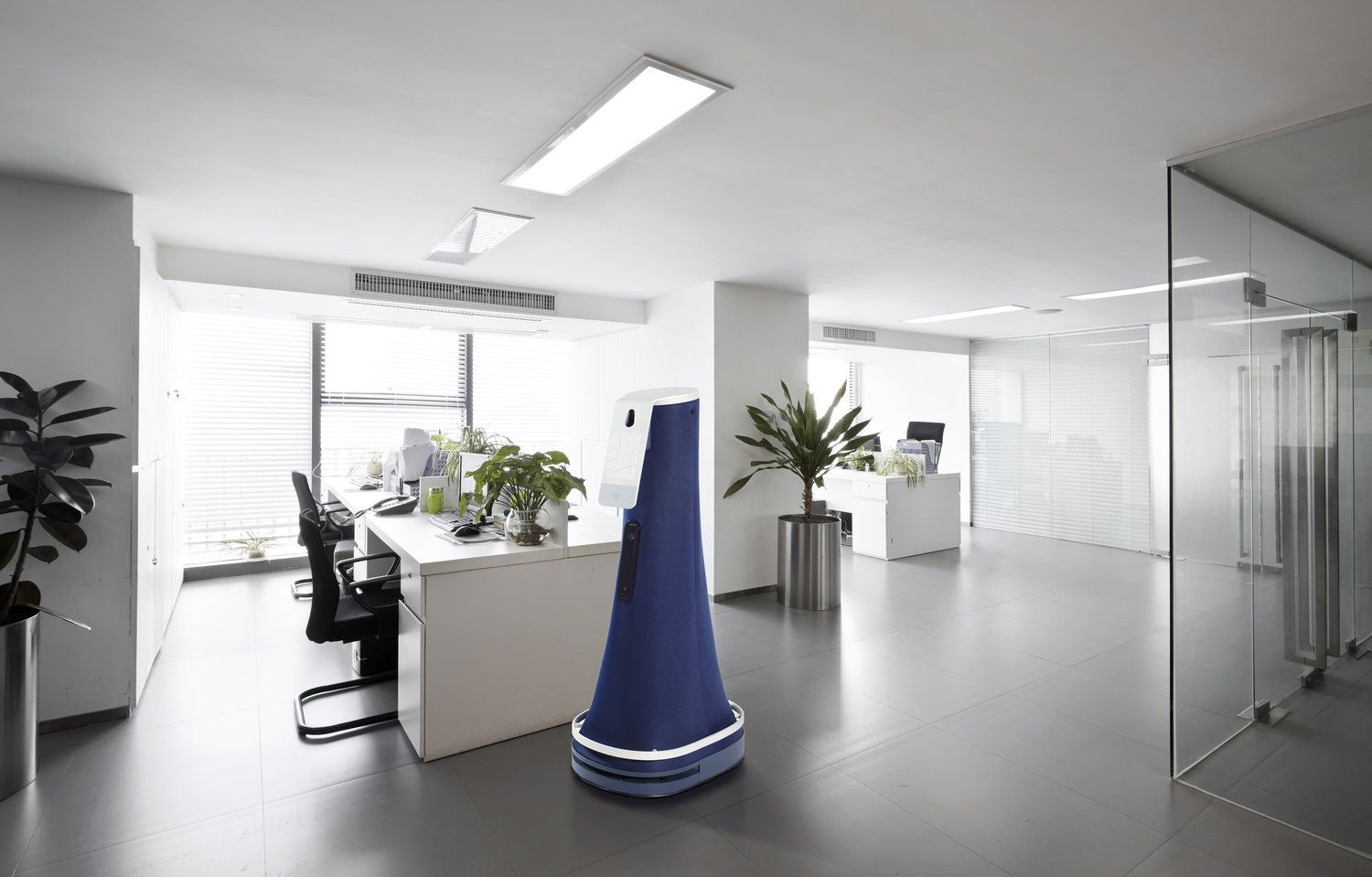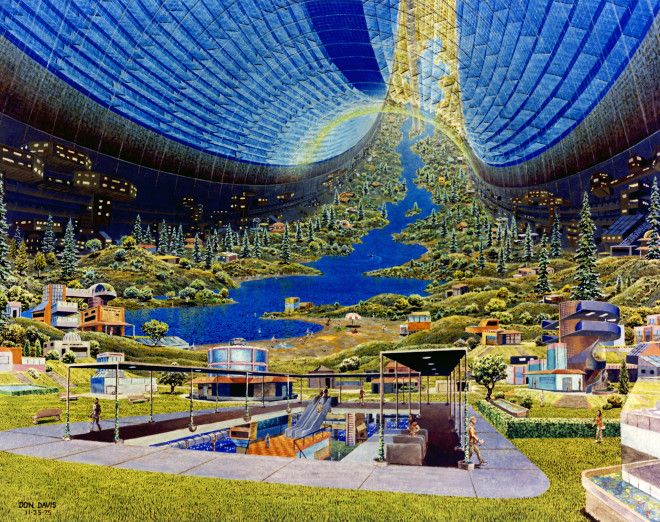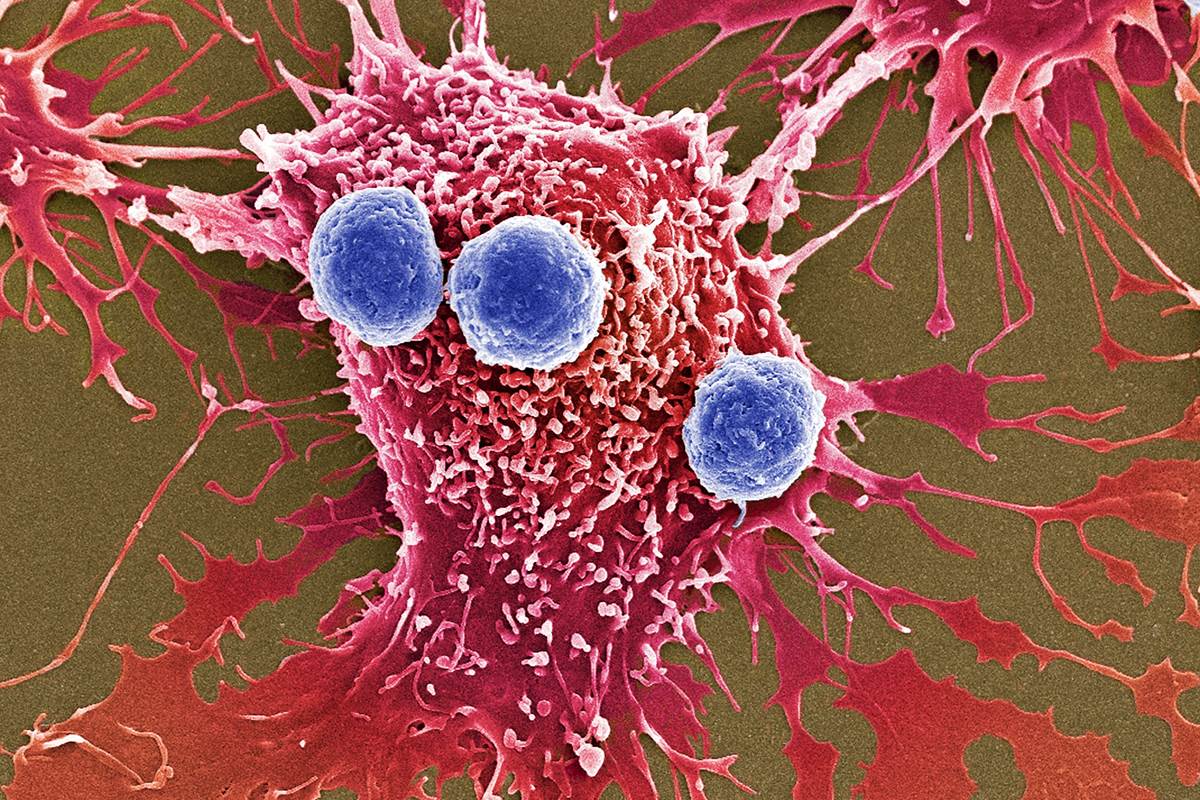Page 10417
Mar 2, 2017
Denmark runs entirely on wind energy for a day
Posted by Dan Kummer in categories: energy, sustainability
Denmark’s wind turbines produced enough electricity to power the entire country last month.
The Scandinavian nation generated 97 gigawatt-hours (GWh) on 22 February, thanks to particularly windy weather, which is enough to power 10 million average EU households for the day.
Wind Europe spokesman Oliver Joy said the “impressive” feat was another boon for wind energy.
Continue reading “Denmark runs entirely on wind energy for a day” »
Mar 2, 2017
Robots won’t just take our jobs – they’ll make the rich even richer
Posted by Dan Kummer in categories: employment, robotics/AI
These dystopias may sound like science fiction, but they’re perfectly plausible given our current trajectory. The technology around robotics and artificial intelligence will continue to improve – but without substantive political change, the outcome will range from bad to apocalyptic for most people. That’s why the recent rumblings about a robot tax are worth taking seriously. They offer an opportunity to develop the political response to mass automation now, before it’s too late.
When I asked the prominent leftwing thinker Matt Bruenig for his thoughts, he explained that whatever we do, we shouldn’t try to discourage automation. “The problem with robots is not the manufacturing and application of them – that’s actually good for productivity,” he told me. “The problem is that they are owned by the wealthy, which means that the income that flows to the robots go out to a small slice of wealthy people.”
Job-killing robots are good, in other words, so long as the prosperity they produce is widely distributed. An Oxfam report released earlier this year revealed that the eight richest men in the world own as much wealth as half the human race. Imagine what those numbers will look like if automation accelerates. At some point, a handful of billionaires could control close to one hundred percent of society’s wealth. Then, perhaps, the idea that wealth should be owned by the many, rather than monopolized by the few, won’t seem so radical, and we can undertake a bit of sorely needed redistribution – before robot capitalism kills us all.
Continue reading “Robots won’t just take our jobs – they’ll make the rich even richer” »
Mar 2, 2017
Indoor security robot reads badges, flags open doors and more
Posted by Saúl Morales Rodriguéz in categories: information science, robotics/AI, security
(Tech Xplore)—Can you picture indoor security robots strolling around your workplace tomorrow? You might balk at the idea of militaristic rolling machines making people feel uncomfortable as they hunt for thieves and blunderers. Well Cobalt Robotics has come up with a different kind of indoor security robot.
The robots made news this week when IEEE Spectrum posted a video on Wednesday to show what they look like and what they do.
These are mobile robots designed to work alongside human guards. “Cobalt’s robots gather data using sensors like cameras and lidar, and process the information using machine-learning algorithms to detect and flag anomalies,” said IEEE Spectrum.
Continue reading “Indoor security robot reads badges, flags open doors and more” »
Mar 2, 2017
Apis Cor 3D Prints a Fully Livable House
Posted by Vjekoslav Radišić in categories: 3D printing, habitats

We have seen 3D printed buildings before but most of them were prototypes, built off-site or not used afterwords, but nothing compares to this house built by Apis Cor.
Apis Cor used a unique house 3D printing machine they developed and made an on-site house in 24 hours for the cost of some 10000 USD. It has surface of 38 square meters (409 square foot) and has been built in Stupino town, Moscow region, Russia.
Continue reading “Apis Cor 3D Prints a Fully Livable House” »
Mar 2, 2017
Coca-Cola chooses AI over brains to generate latest adverts
Posted by Blair Erickson in categories: information science, robotics/AI
Coca-Cola is ditching flesh and blood creatives in favour of software algorithms in an experiment to see whether AI bots have what it takes to beat their human masters.
Mariano Bosaz, Coca-Cola’s global senior digital director, is spearheading the move as part of wider efforts to push the bounds of technology to see what they are capable of.
In an interview with Adweek at Mobile World Congress in Barcelona Bosaz said: “Content creation is something that we have been doing for a very long time—we brief creative agencies and then they come up with stories that they audio visualize and then we have 30 seconds or maybe longer. In content, what I want to start experimenting with is automated narratives.”
Continue reading “Coca-Cola chooses AI over brains to generate latest adverts” »
Mar 2, 2017
Living space culture: Black sky thinker Rachel Armstrong
Posted by Klaus Baldauf in category: space travel
This post is inspired by ongoing developments in space and by the ideas of Rachel Armstrong, a “black sky thinker” and the main author of “Star Ark: A Living, Self-Sustaining Spaceship,” a really awesome 2017 book.
Mar 2, 2017
Perspectives on AI by Calisa Cole
Posted by Jimmé Peters in categories: robotics/AI, transportation
https://www.linkedin.com/pulse/perspectives-ai-calisa-cole-1…TICLE_POST
Calisa Cole writes about law abiding Waymo and how it affected her commute. Interesting dynamic regarding speeding in traffic and self driving cars operating within the posted limits.
Mar 1, 2017
The Far-Out Summit Where Geniuses Learn to Build Starships
Posted by Klaus Baldauf in category: space travel
Every year-and-a-half or so, a bunch of hardcore space engineers meet in Tennessee to figure out how to get humanity to the stars.
Mar 1, 2017
4 Ways this revolutionary gene-editing tool could change the world
Posted by Dan Kummer in categories: biotech/medical, genetics
The woolly mammoth has been extinct for more than 4000 years. Now scientists are talking about bringing it back with the help of a powerful gene-editing technique called CRISPR-Cas9.
But CRISPR’s promise extends far beyond the possibility to resurrect extinct animals. It may also have the potential to boost crop yields and create alternatives fuel sources, protect us from insect-borne scourges like malaria and Zika, and even cure cancer.
















